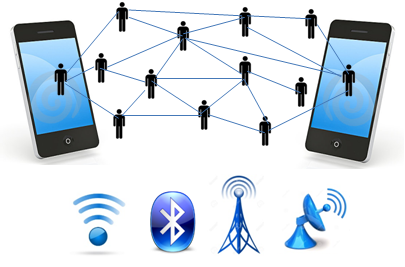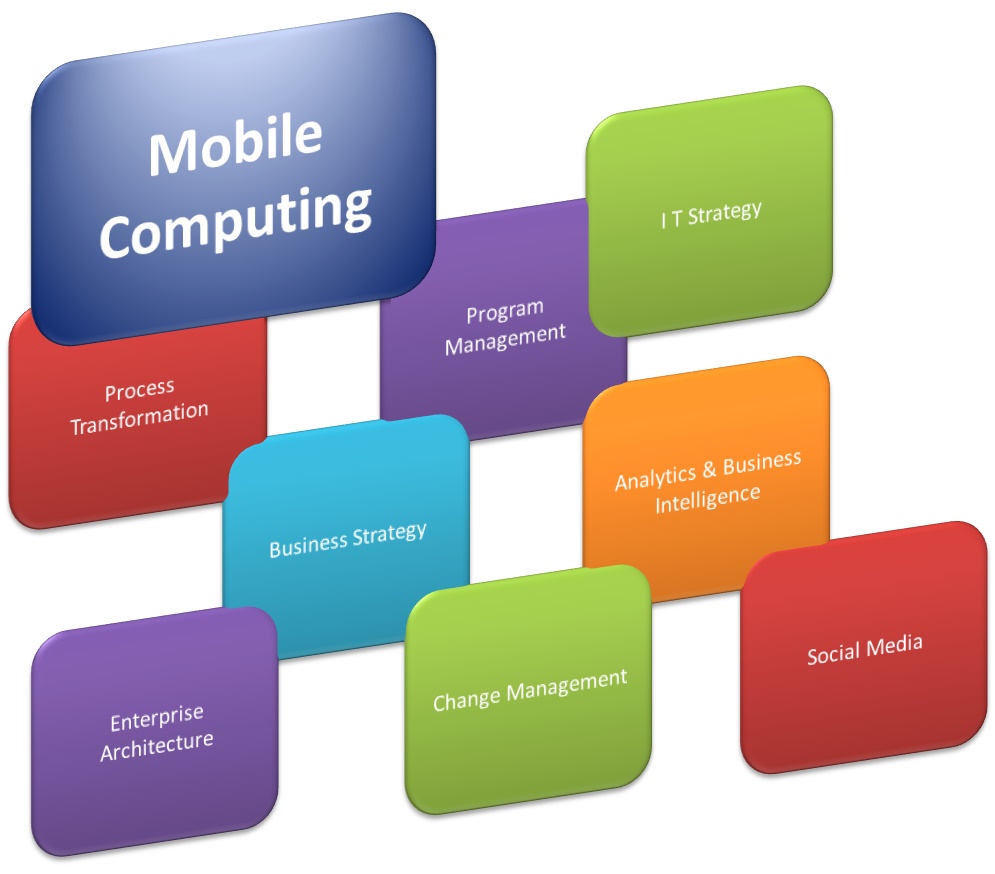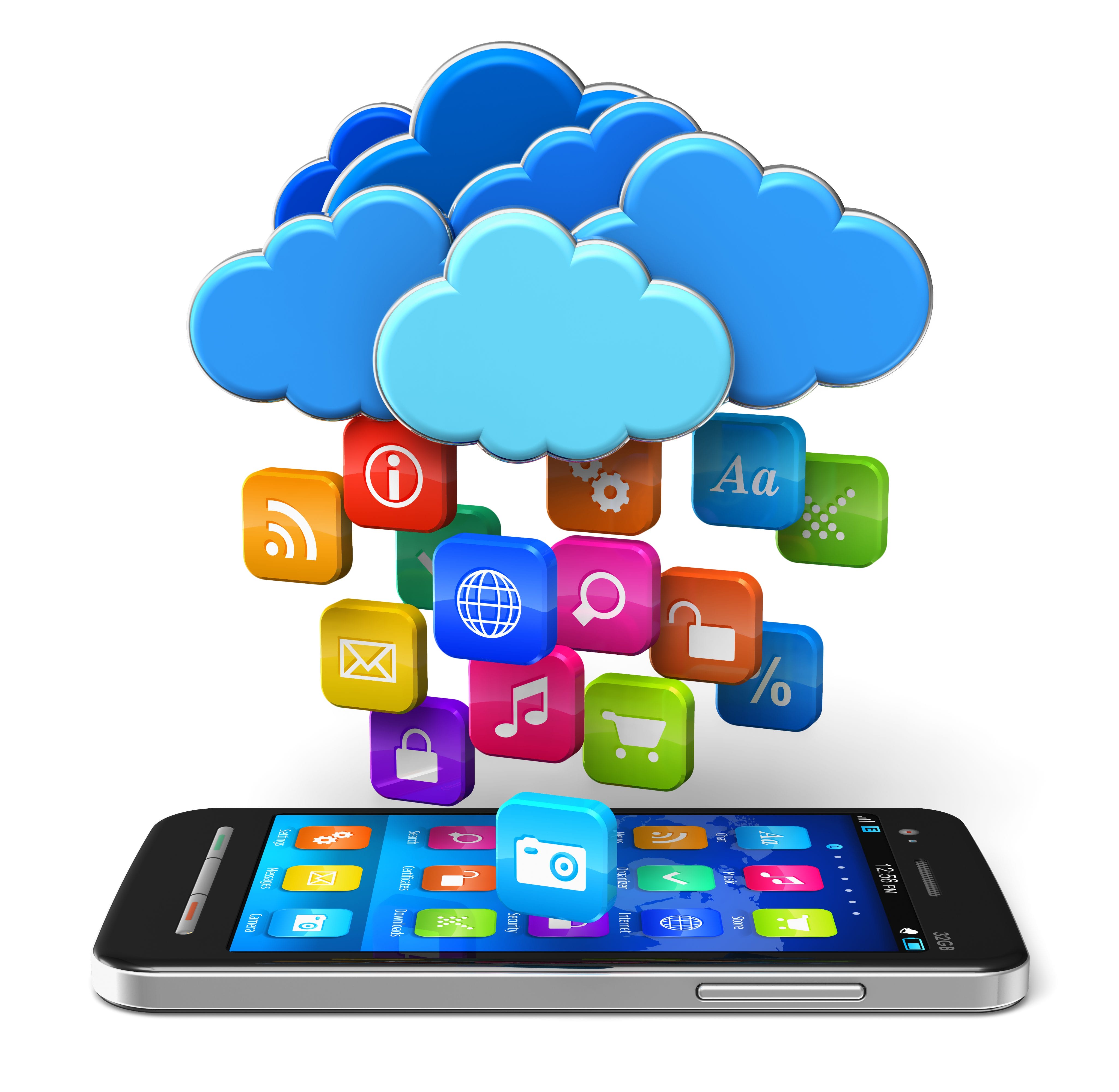Mobile computing is a broad term that encompasses many different aspects of computing technology. It refers to the use of portable computing devices such as smartphones, tablets, and laptops to perform computing tasks while on the move. This technology has become increasingly popular in recent years, thanks to the growth of the internet and the increasing availability of affordable mobile devices. In this article, we will explore what mobile computing is, what its principles and components are, what the problems associated with it are, and how it is related to other computing technologies such as cloud computing.
What is Mobile Computing?
Mobile computing refers to the use of portable computing devices to perform computing tasks while on the move. These devices might include smartphones, tablets, laptops, or other handheld devices. Mobile computing allows users to access information and communicate with others from anywhere at any time. In order to make use of mobile computing, users need to be able to connect their devices to the internet, either through a cellular network or a Wi-Fi network.
Mobile computing has become increasingly popular in recent years, as more people have begun to rely on their mobile devices for both personal and business purposes. According to a report from the Pew Research Center, nearly two-thirds of Americans now own a smartphone, and many of these users rely on their devices to access the internet, check email, and stay connected with friends and family.
What are the Principles of Mobile Computing?
There are five key principles that underpin mobile computing:
1. Portability: Mobile devices are designed to be lightweight and easy to carry, so that users can take them with them wherever they go.
2. Connectivity: Mobile devices need to be able to connect to the internet in order to access online services and communicate with others.
3. Context awareness: Mobile devices are designed to be aware of their surroundings, and to adapt to the user’s current environment. For example, a smartphone might use GPS technology to provide location-based services.
4. Personalization: Mobile devices can be customized to meet the user’s individual needs, with apps and software that are tailored to their preferences.
5. Security: Mobile devices are prone to security threats, such as malware and hacking. Therefore, it is important to have security measures in place to protect user data and ensure the privacy of their information.
What are the Components of Mobile Computing?
There are four main components of mobile computing:
1. Mobile hardware: This includes devices such as smartphones and tablets, which are designed to be portable and easy to use.
2. Mobile software: This refers to the programs and apps that run on mobile devices, which are designed to take advantage of the device’s capabilities.
3. Mobile communication: This includes technologies such as Wi-Fi, Bluetooth, and cellular networks, which allow mobile devices to connect to the internet and communicate with other devices.
4. Mobile service: This includes the various online services that are available to mobile users, such as email, social media, and online shopping.
What are the Problems Related to Mobile Computing?
Despite its many advantages, mobile computing also poses a number of challenges and problems, including:
1. Security risks: Mobile devices are vulnerable to cyber attacks, such as malware and hacking. This can put users’ personal information at risk.
2. Battery life: Mobile devices often have limited battery life, which can be a problem for users who need to use their devices for extended periods of time.
3. Privacy concerns: Mobile devices often collect data about their users, which can be used to track their activities and behavior. This can raise concerns about privacy and data security.
4. Connectivity issues: Mobile devices rely on a network connection in order to access online services. However, users may experience connectivity issues in areas with poor network coverage.
5. User interface design: Mobile devices have smaller screens than traditional computers, which can make it difficult to navigate and use certain apps and programs.
How is Mobile Computing Related to Cloud Computing?
Mobile computing and cloud computing are closely related, as both technologies are designed to provide users with access to computing resources from anywhere at any time. Cloud computing refers to the use of remote servers to store, manage and process data, rather than relying on a local computer or server.
Mobile devices can be used to access cloud-based services, allowing users to work with data and applications that are hosted remotely. This can provide a number of benefits, including increased flexibility, scalability, and cost savings.
A popular example of cloud computing in the context of mobile computing is mobile cloud gaming, such as Google Stadia, which allows users to play games on their smartphones or tablets by streaming them from remote servers.
FAQ:
Q: What are some popular mobile computing platforms?
A: Some of the most popular mobile computing platforms include iOS (used in Apple devices), Android (used in a variety of devices from different manufacturers), and Windows Mobile.
Q: What are some of the benefits of mobile computing?
A: Mobile computing allows users to stay connected and access information from anywhere at any time. It provides increased flexibility and can help to boost productivity. Mobile computing can also be cost-effective, as users can perform tasks on the go without the need for a dedicated workstation.
Video:
To learn more about mobile computing, check out this informative video from TechCrunch:
[insert YouTube video]
If you are searching about What is Mobile Computing | Definition, Principles, Components you’ve came to the right place. We have 5 Pics about What is Mobile Computing | Definition, Principles, Components like Optimization Of Offloading Strategies In Mobile Cloud Computing and also Teknonogi Cloud Computing, Mobile Computing, Ubiquilous Computing, Nano. Here you go:





Teknonogi Cloud Computing, Mobile Computing, Ubiquilous Computing, Nano
Advanced technology has played a significant role in modern commerce. Particularly in today’s online age, technological advancements has made shopping simpler, less cumbersome, and efficient. One of the biggest technology companies that has transformed the world of trade is Amazon. In this piece of writing, we will explore three key components of Amazon’s technological innovations and provide you with a link to begin buying on their internet site.
Purchase Link: Amazon.com
1. User-friendly Platform and Applications
One of the fundamental pillars of Amazon’s technology is its user-friendly platform and applications. Amazon provides convenient applications for different devices, such as desktops, laptops, tablets, and smartphones. Customers can easily and conveniently buy items from anywhere and at any time. Amazon additionally offers different search and product filtering features that make it simple for customers to locate the items they desire.
Purchase Link: Amazon.com
2. Security and Data Privacy
The second critical pillar of technology for Amazon is security and data protection. Amazon guarantees the security of user information and transaction records. Users can purchase items safely and with confidence on Amazon because they offer various secure payment methods, including credit cards, debit cards, and other transaction options.
Purchase Link: Amazon.com
3. Efficient Logistics
Amazon also has a robust pillar of technology in terms of efficient logistics. Amazon provides various shipping options, including free shipping for Prime users. Amazon has warehouses and fulfillment centers worldwide, which enables them to deliver products fast and effectively. Customers can effortlessly track their product deliveries through the Amazon application.
Purchase Link: Amazon.com
In conclusion, Amazon is an real example of how advanced technology has transformed the world of trade. With an easy-to-use platform and applications, strong security and data protection, and quick logistics, Amazon has assisted thousands of users to buy online easily and conveniently. Do not hesitate to begin shopping on Amazon and experience the advantages of technology in online shopping.
Purchase Link: Amazon.com